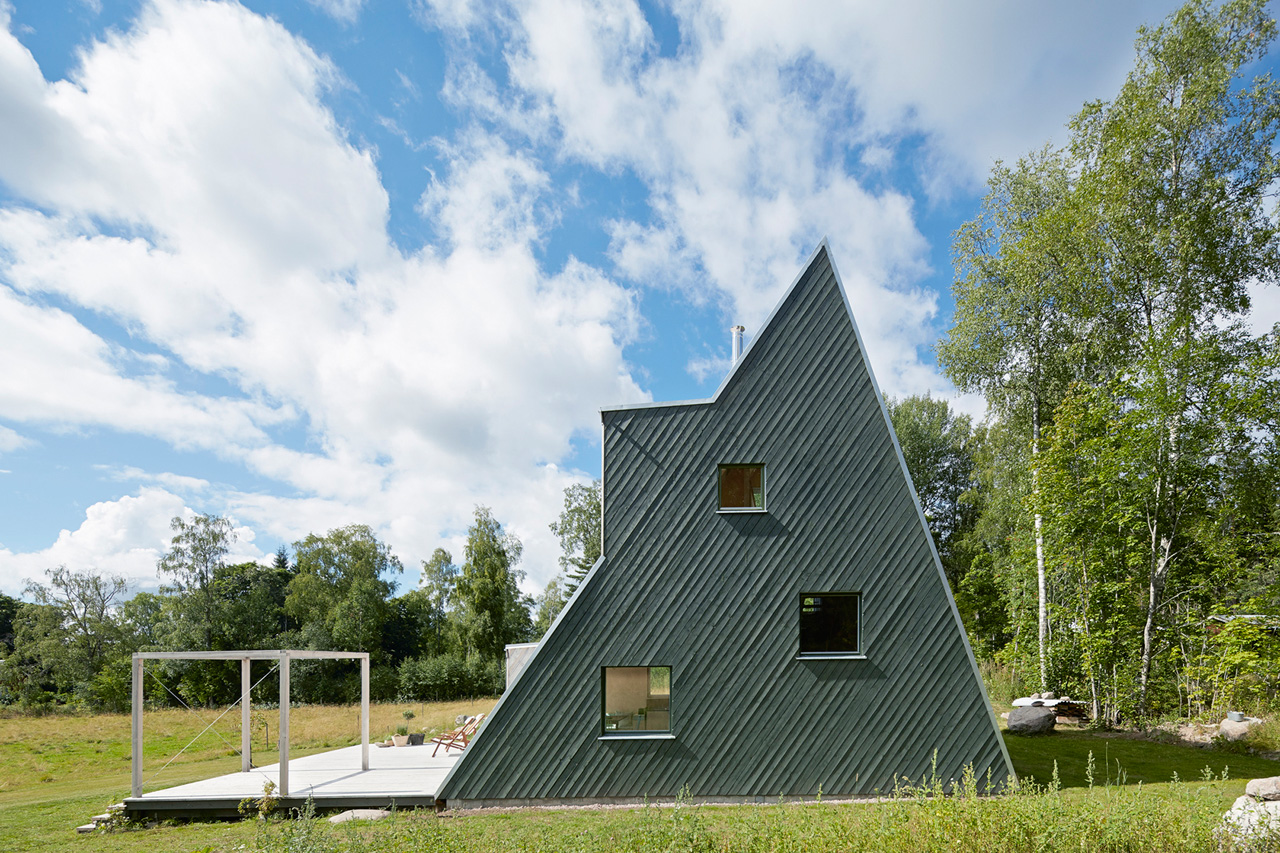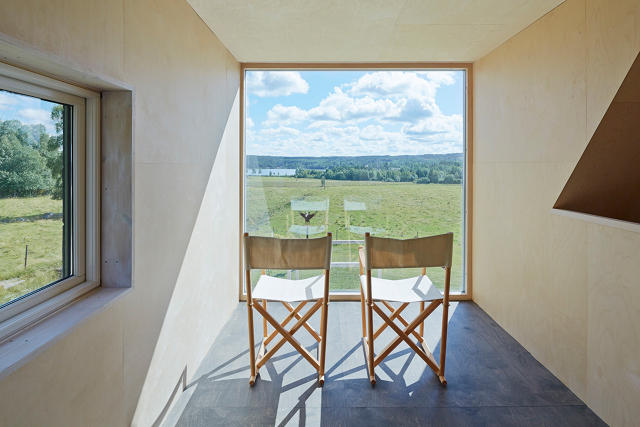Fourteen years ago, improving minority homeownership was front burner issue. In 2002, the Bush Administration even set a goal of expanding the number of minorities who owned their own homes by 5.5 million—approximately the number of existing homes sold in a very good year.
The subprime crash and housing depression put a sudden end to that effort. Minority homeownership plummeted and, surprisingly, never achieved the attention from top policy makers in two Obama administrations that it enjoyed under their predecessor.
For homeownership in general, the housing depression was depressing. For minorities, it was a disaster. For African-American households, the homeownership rate peaked at 49.4 percent in 2004 and bottomed out at 41.9 in the first quarter of this year, a decline of 7.5 points. Hispanic American homeownership reached a high of 49.8 percent in 2006 and fell to 44.1 percent in the first quarter of this year, down 5.7 points. By comparison, white non-Hispanic homeownership peaked at 76 percent in 2004 and fell to 73.4 percent by 2013 when the housing recovery officially began, a decline of only 2.6 points.
Do Higher Prices Help Minorities?
Conventional wisdom maintains that rising prices are bad for minorities because they are priced out of affordable housing, especially in gentrifying urban neighborhoods where today young Millennial whites are driving prices sky high. However, a new study by two economists at the Federal Trade Commission published in the Journal of Housing Economics this month suggest the exact opposite is the case. Higher prices mean better times for minorities.
Rising prices are good for minorities, the economists argue, because they are accompanied by a loosening of lending standards. Rising values alter lenders; judgments about acceptable levels of risk and expected rates of return on housing-related assets. “This variation may then translate into changes in the out-comes experienced by minority borrowers relative to non-minorities,’ they concluded
read more…
http://www.realestateeconomywatch.com/2015/12/why-the-housing-boom-is-good-for-minority-homeownership/





